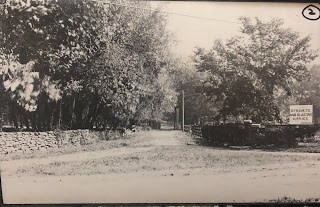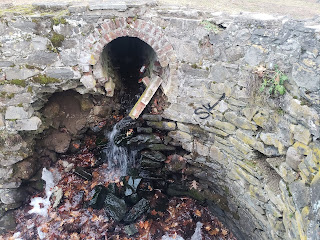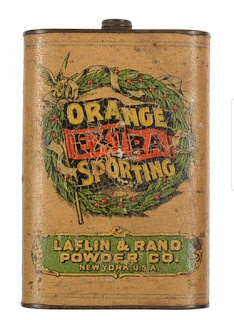Algonquin Park truly is ruin heaven!
Once known as Orange Mills, this modern day park is a great place to discover how past industries operated and thrived.
Once known as Orange Mills, this modern day park is a great place to discover how past industries operated and thrived.
42 acres of Newburgh history, playground, picnic areas , three ponds and plenty of hiking trails, wildlife and a waterfall.
Listed on the National Register of Historic Places, this park affords both passive and active recreation in a historic setting that feels much like an outdoor museum or sculpture park. This park is a beautiful setting among the ruins of Civil War era powder mill buildings for hiking or family picnicking.
Named in recognition of it’s historic Native American connections by Colonel Fredric Delano in 1934 when he gifted the property to the city of Newburgh. Orange County obtained the park from the city of Newburgh in 1978 due to financial burdens.
Since 1936, the park’s softball and soccer fields have been available to the general public. Although swimming is not permitted, fishing is allowed with a required NYS Fishing license. Handicap access is available. Group picnic and event areas require a permit which can be obtained by contacting the Park Administration Office at (845)615-3830.
Named in recognition of it’s historic Native American connections by Colonel Fredric Delano in 1934 when he gifted the property to the city of Newburgh. Orange County obtained the park from the city of Newburgh in 1978 due to financial burdens.
Since 1936, the park’s softball and soccer fields have been available to the general public. Although swimming is not permitted, fishing is allowed with a required NYS Fishing license. Handicap access is available. Group picnic and event areas require a permit which can be obtained by contacting the Park Administration Office at (845)615-3830.
 |
| Sign reads, “Dynamite And Blasting Supplies” |
Towns grow up around industry and water. In the town of Newburgh, the black powder mills along Quassaick Creek operated "the most complete and extensive works in the country", according to a statement made by local historian Edward Ruttenber.
The Quassaick Creek Watershed was a vital part and the main reason for the gun powder industry that once operated on this piece of land. It provided a natural power supply to run the machinery that powered the mills. This watershed covers the drainage areas of the Quassaick Creek and it's primary tributaries, the Bushfield Creek and Gidneytown Creek. These creeks are in the towns of Plattekill, Marlborough, Newburgh and New Windsor including the city of Newburgh.
In an almost fairytale like setting, Algonquin park is a great place to introduce kids to the wonder of exploring tangible history.
The Quassaick Creek Watershed was a vital part and the main reason for the gun powder industry that once operated on this piece of land. It provided a natural power supply to run the machinery that powered the mills. This watershed covers the drainage areas of the Quassaick Creek and it's primary tributaries, the Bushfield Creek and Gidneytown Creek. These creeks are in the towns of Plattekill, Marlborough, Newburgh and New Windsor including the city of Newburgh.
The Orange Mill Historic District is the only historic district in the Town of Newburgh in Orange County New York. Known today as Algonquin Park it is a public county park. It is located on the corners of Powder Mill Rd. and N.Y. Rt. 52, just a mile northwest of the city of Newburgh and bordering the hamlet of Gardnertown.
This area takes it’s name from the gunpowder mill industry that was built by Asa Taylor in 1815. It was operated by the Laflin & Rand Powder Company after 1869. All operations ceased by 1901.
The powder mill operated here still ranks as one of the more successful enterprises in it’s field of industry. From humble beginnings when black powder was produced on a small scale, the plant expanded and improved until it was processed nearly two million pounds of gunpowder at full capacity.
Because of the nature of it’s product, gunpowder, Orange Mills was built to withstand destruction by accidental explosion. Workers in the wooded areas along Powder Mill Rd. used painstakingly carefulness in preparing volatile ingredients that were refined into gunpowder which they then packed and shipped around the country.
Wood and copper tools were used to avoid sparks and stone structures were built with thick walls to redirect any explosive forces. Accidents were inevitably unavoidable and the mill survived twenty explosions during it’s operations. Many of which were heard and felt many miles away.
 |
| Trolly track was used to transport supplies and end products. |
In an almost fairytale like setting, Algonquin park is a great place to introduce kids to the wonder of exploring tangible history.
 |
| Water entry in one of the turbines. |
I hope you will find this park as fascinating as I have. If you plan to visit, please check out the link below for the Orange County Parks Department website to learn more.
https://www.orangecountygov.com/1463/Algonquin-Park
https://www.orangecountygov.com/1463/Algonquin-Park


































